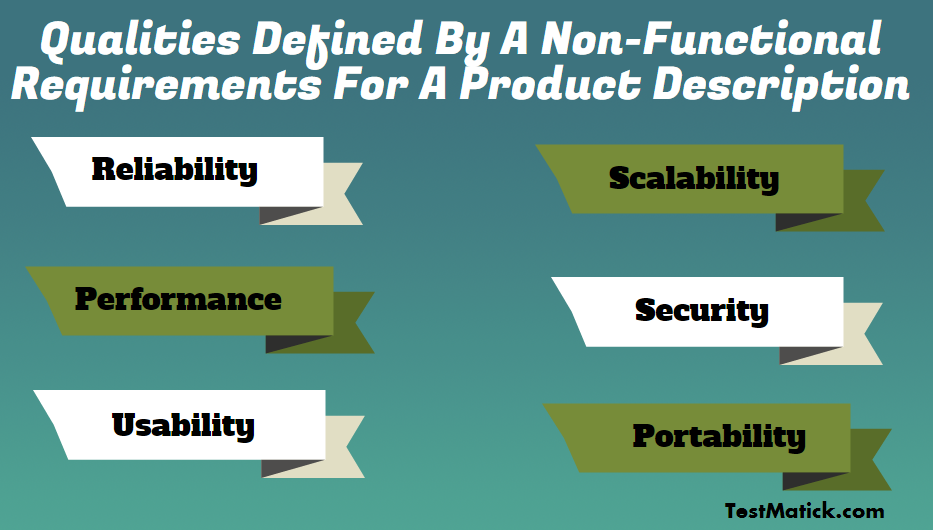Unlike functional testing that is aimed at checking the conformity of actual functionality of software product with the functional requirements, you most likely have guessed that the goal of non-functional testing is to ensure conformity of application parameters with its non-functional requirements. Software testing services company usually provides on-site and offshore testing services, exploratory testing and on demand QA outsourcing.
Accordingly, non-functional testing is the testing of the system’s quality characteristics that are not associated with its functionality. These qualities are defined by non-functional requirements that describe the product in terms of:

[checklist type=”eg. checked, dotted, arrowed” margin_bottom=”no”]
- Reliability. The system’s responsiveness to unpredictable situations.
- Performance. The system’s ability to operate under various workloads.
- Usability. Verification of the system’s convenience for the user.
- Scalability. Requirements to horizontal and vertical application scaling.
- Security. User data security.
- Portability. Application portability across various platforms.
- And many other qualities. [/checklist]
These system’s qualities may be examined by using the following types of testing:
- Installation Testing is the checking necessary to ensure that software application is installed successfully together with all the appropriate components and it is performing as expected. It reduces risks of user data losses, application performance degradation and so on. Installation testing services are delivered to make sure of successful installation / uninstallation of software or its upgrade.
- Usability Testing is carried out to see how convenient to use an application or a website is by testing it with real users. Usability testing services are provided to make the system easy in use.
- Configuration Testing (or Portability Testing) is the process to verify app system performance on different software configurations.
- Failover and Recovery Testing are performed to verify the system under test in terms of its ability to withstand and successfully recover from probable capability failures caused by software bugs, communication problems or hardware failure. It is an assessment of application protection properties.
As you can see, the non-functional test is used not to check if the system operates according to the user’s expectations; it is destined to check more significant qualities: security, performance, reliability and others.
Comments are closed.









